We run our website the way we wished the whole internet worked: we provide high quality original content with no ads. We are funded solely by your direct support. Please consider supporting this project.
How Revelation Uses Violent Images in an Anti-Violent Way
All the violent scenes in Revelation are symbols for the battle of truth and deception. They never involve literal violence. In fact, they symbolize ANTI-VIOLENCE. The ingenious way John helps us get free of deception of trust in violent power is by taking a standard violent symbol and juxtaposing it with a symbol that undermines its violence and reverses its violent meaning.
An interesting example of this is when John introduces the mysterious 144,000, which represent the army that fights with the Lamb. They are introduced in Revelation 7: 4: “Then I heard the number of those who were sealed: 144,000 from all the tribes of Israel.”
The 144,000 was a well known Jewish symbol of the army that would accompany the Messiah in a violent uprising against Israel’s foes to restore Israel to its place as a sovereign nation.
But this image of violence gets turned on its head. One example of this is found in Revelation 7:14: “These are they who have come out of the great tribulation; they have washed their robes and made them white in the blood of the Lamb.”
If you read Revelation literally, you have to wonder how washing a robe in blood could make it white. Taken literally its absurd, but interpreted symbolically its profound because this washing of the robes is a Jewish military metaphor.
To be covered with another’s blood rendered you ceremonially unclean, so when Jewish warriors came back from battle covered with the blood of their enemies, they had to go through a purification bathing process before they could reenter society. Instead of washing OFF the blood of foes to become clean, these warriors are made clean by being washed IN blood – and it’s the blood of the one they followed into battle!
Many scholars believe John is not simply saying their sins are washed away by the blood of the lamb, though that is of course true. He is also saying that this army wears white linen because they shared in the blood of the Lamb.
They were willing to suffer with Christ. As it says in chapter 14, this 144,000 was willing to “follow the lamb wherever he goes,” even to the cross. While the standard image of the army of 144,000 following their messiah into battle was based on Babylon’s sword power, John has turned it on its head to communicate slain lamb power — the power of self-sacrificial love.
We are indeed part of an army, but not one that wins by shedding blood: we win by shedding our blood, just as Jesus did.
Category: General
Tags: Book of Revelation, Cruciform Theology, Non-Violence, Violence
Related Reading
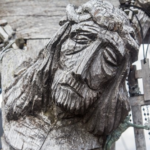
Do the Gospels Fabricate Prophetic Fulfillment?
Skeptically-inclined scholars, and especially critics of Christianity, frequently argue that the Gospel authors created mythological portraits of Jesus largely on the basis of OT material they claim Jesus “fulfilled.” In other words, they surveyed the OT and fabricated stories about how Jesus fulfilled those prophecies. In response, it’s hard to deny that there are certain…
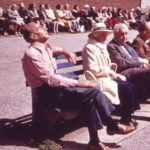
Podcast: Who is Allowed to Kill and Who Isn’t?
How could it have been ‘just’ to Kill Hitler but also not something a Christian should do? Greg wrestles with non-violence in a world where God uses the violence of others for his own will. http://traffic.libsyn.com/askgregboyd/Episode_0360.mp3
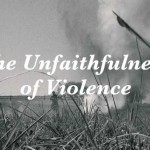
The Unfaithfulness of Violence
For more videos like this be sure to visit The Work of the People.
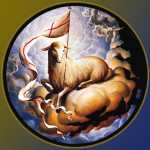
The Key to Understanding Revelation
The most important key to interpreting John’s violent imagery is found in the heavenly throne room scene in chapters 4-5. (For the first entry in this series on the violence in Revelation, click here.) This throne room represents heaven’s perspective on events that are occurring on earth, which is contrasted throughout Revelation with the false…
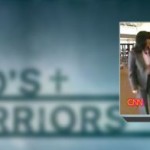
God’s Warriors
Greg’s ideas on faith and politics were featured in the Peabody Award-winning CNN Presents: God’s Warriors. Watch the full video below. For more information, including behind the scenes footage, visit God’s Warriors – Special Reports from CNN.com.
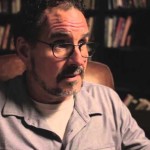
Video Q&A: What if violence is necessary to protect a loved one?
We recently posted a video Q&A on open theism and we received a lot of positive feedback. We’re happy to share another of these today on the question of non-violence. Greg has answered this question previously, but he expands on his answer here in a way he never has before. Be blessed!
